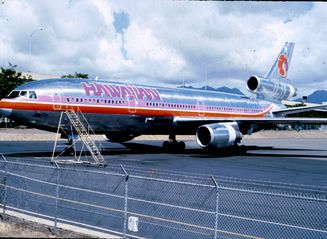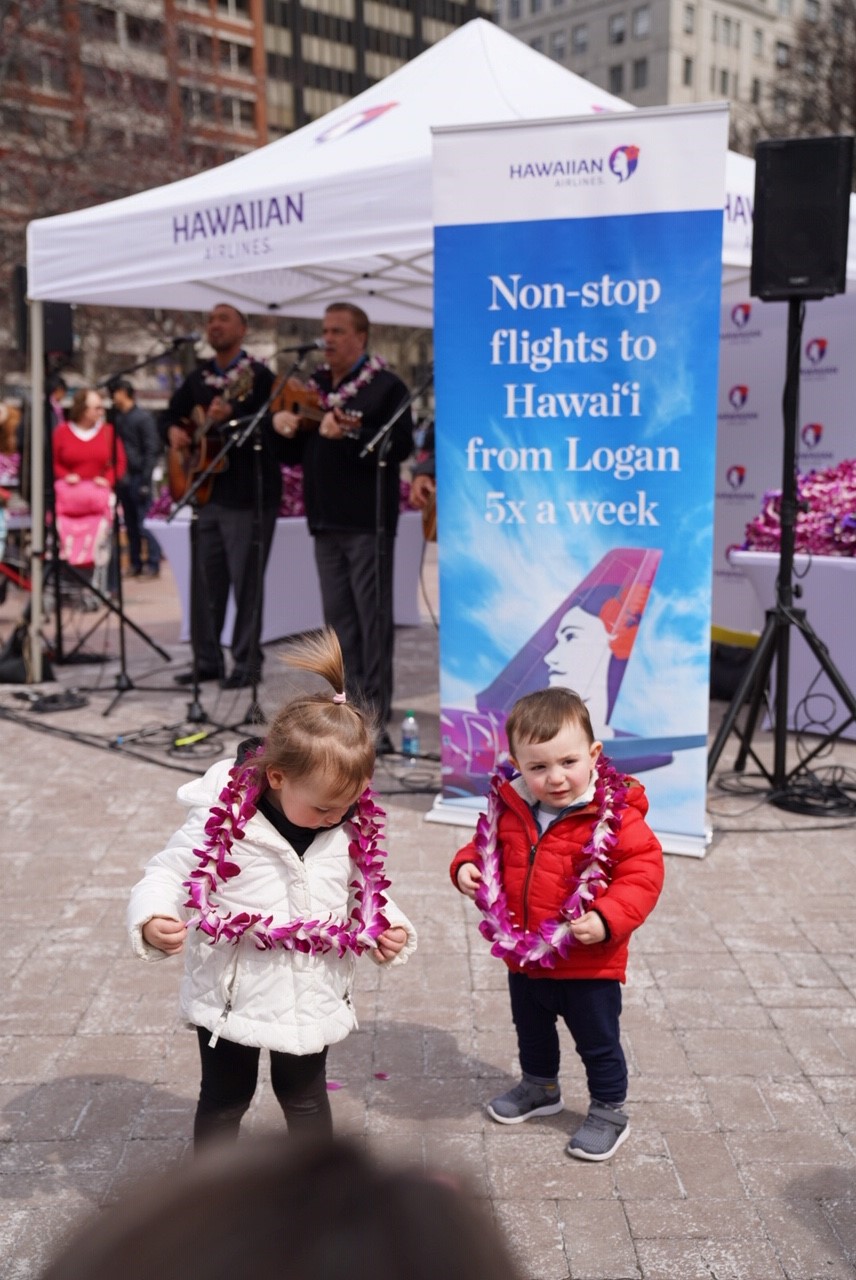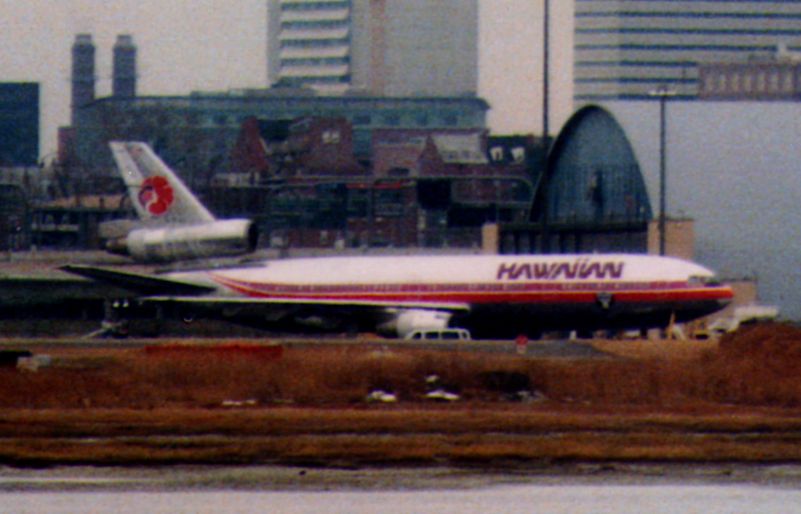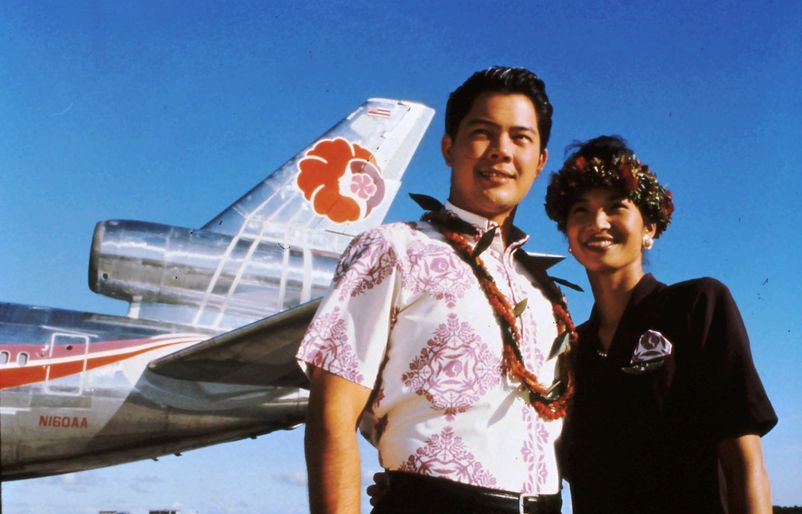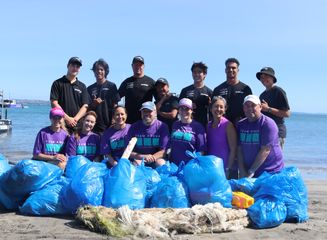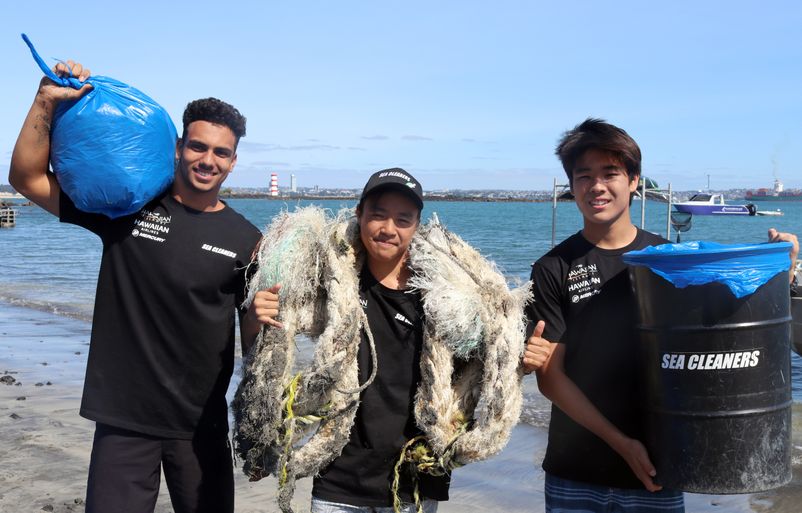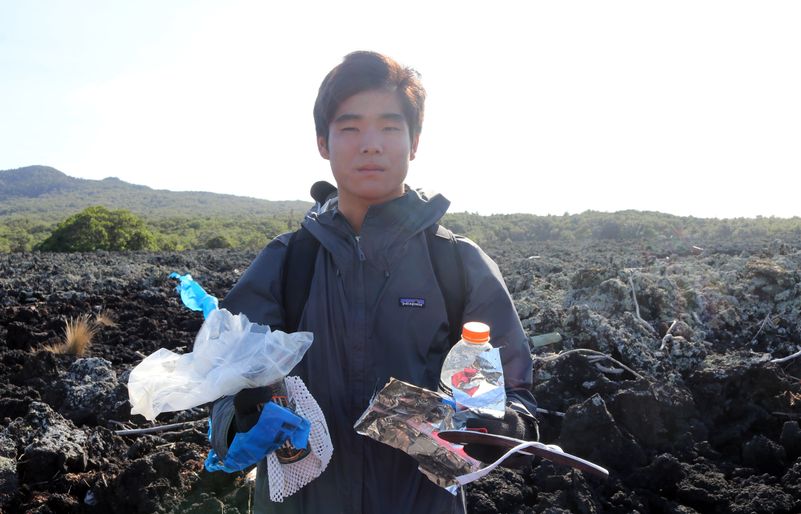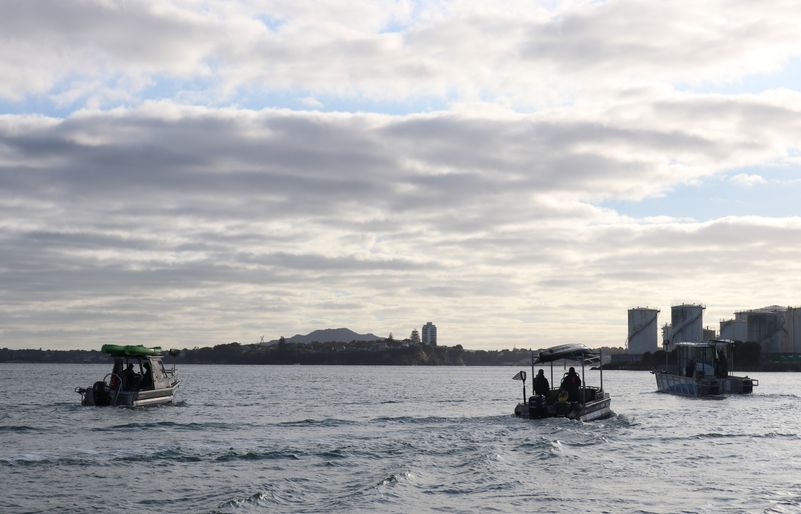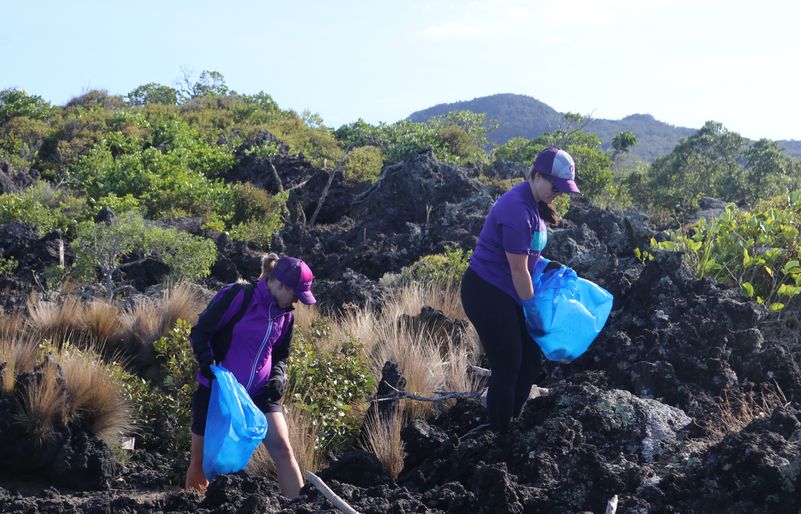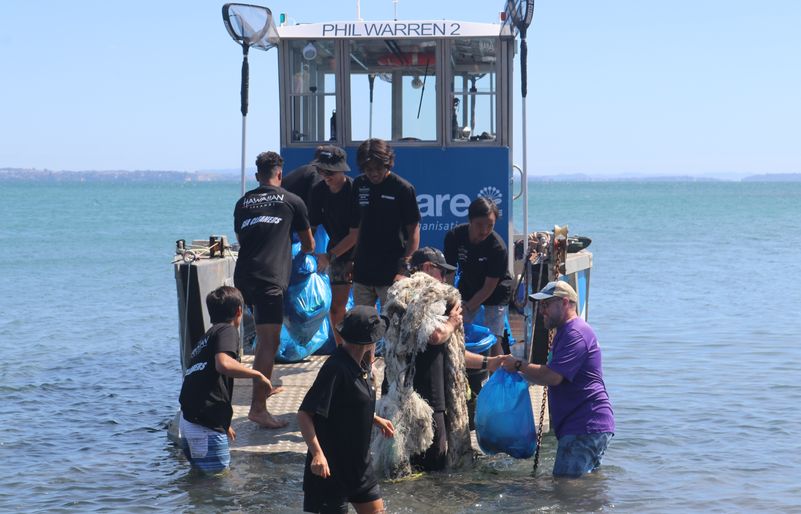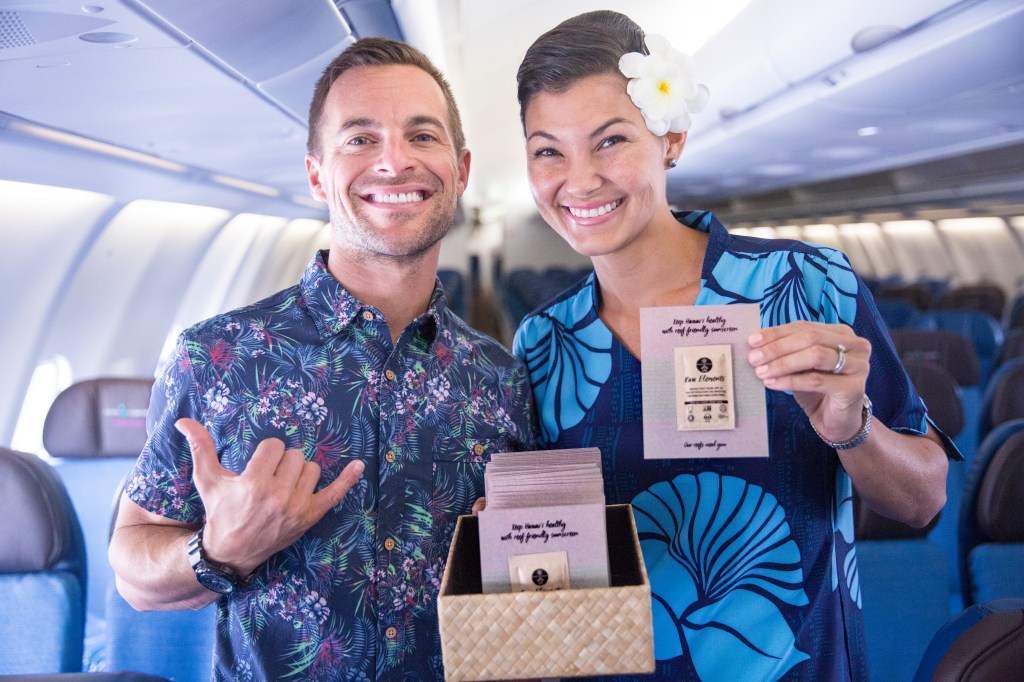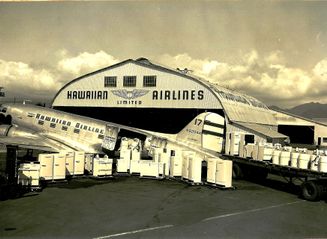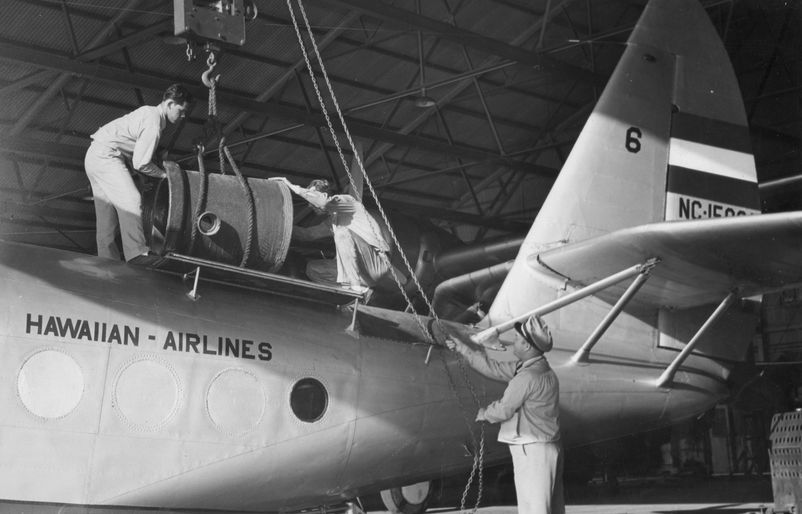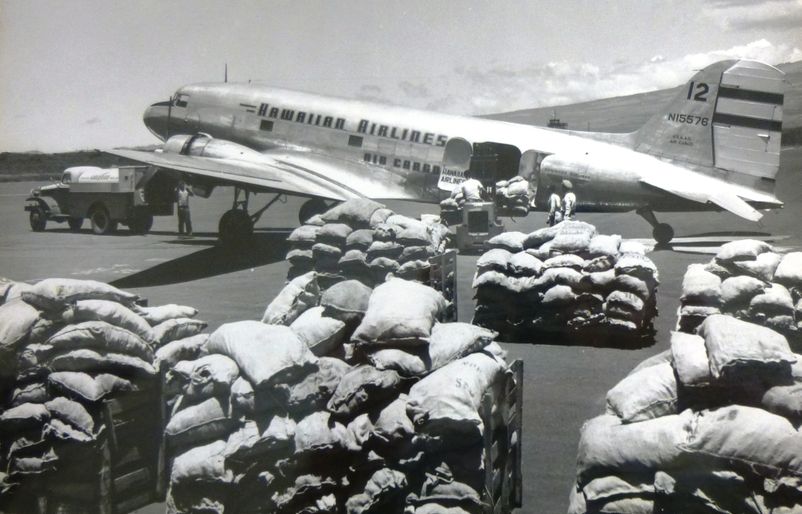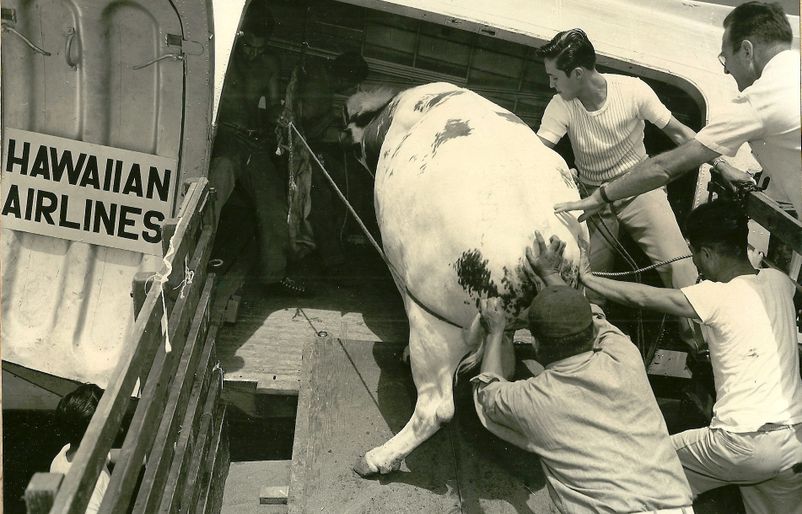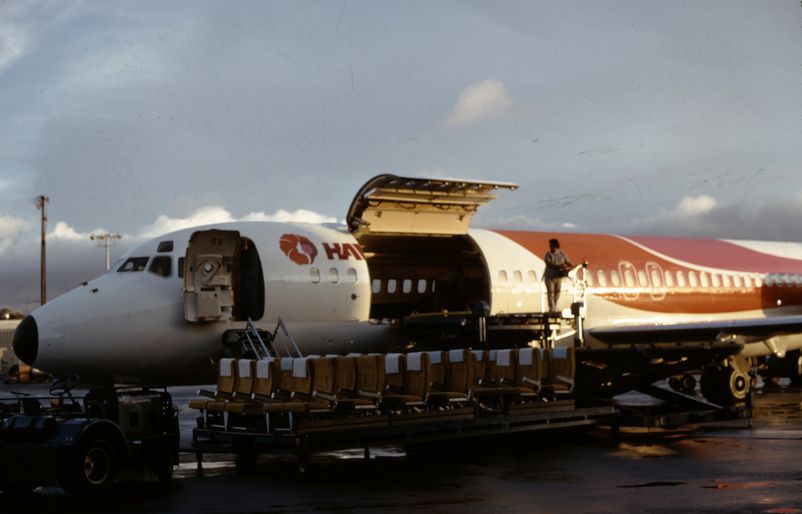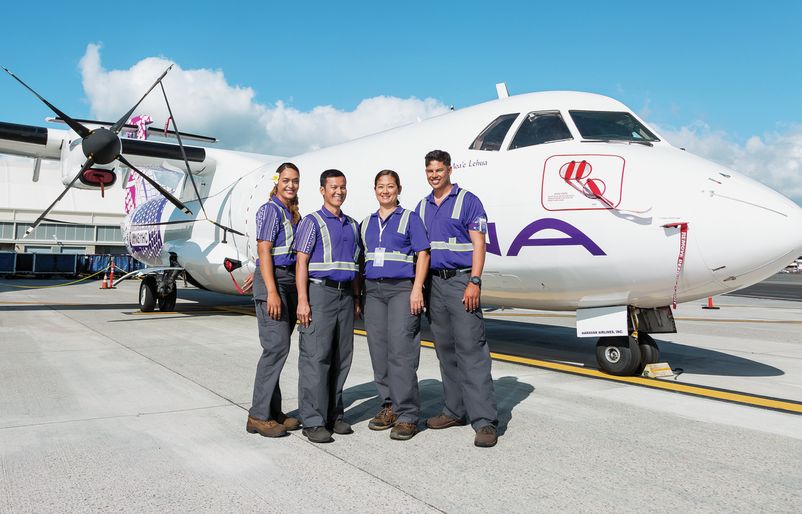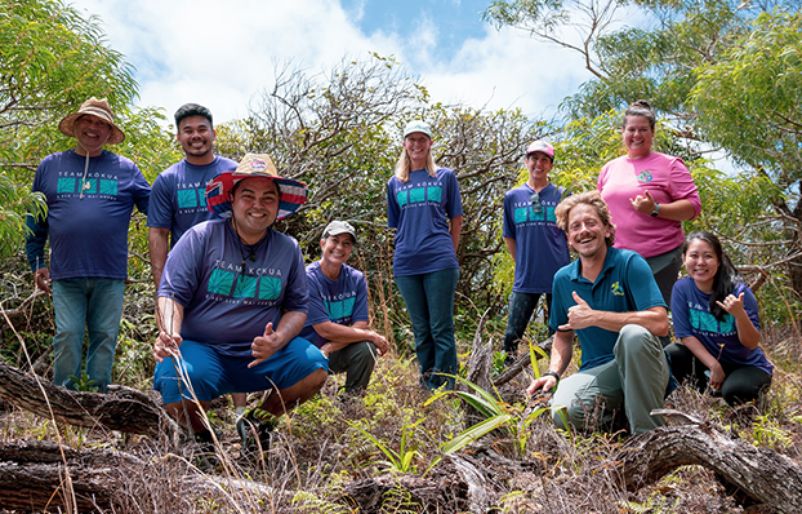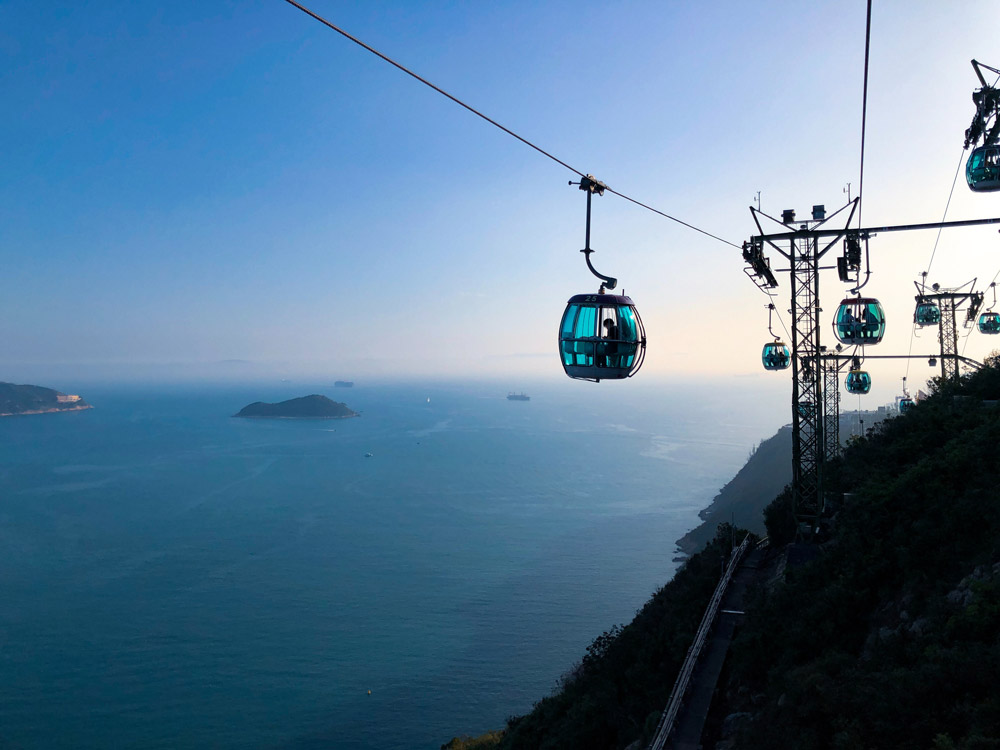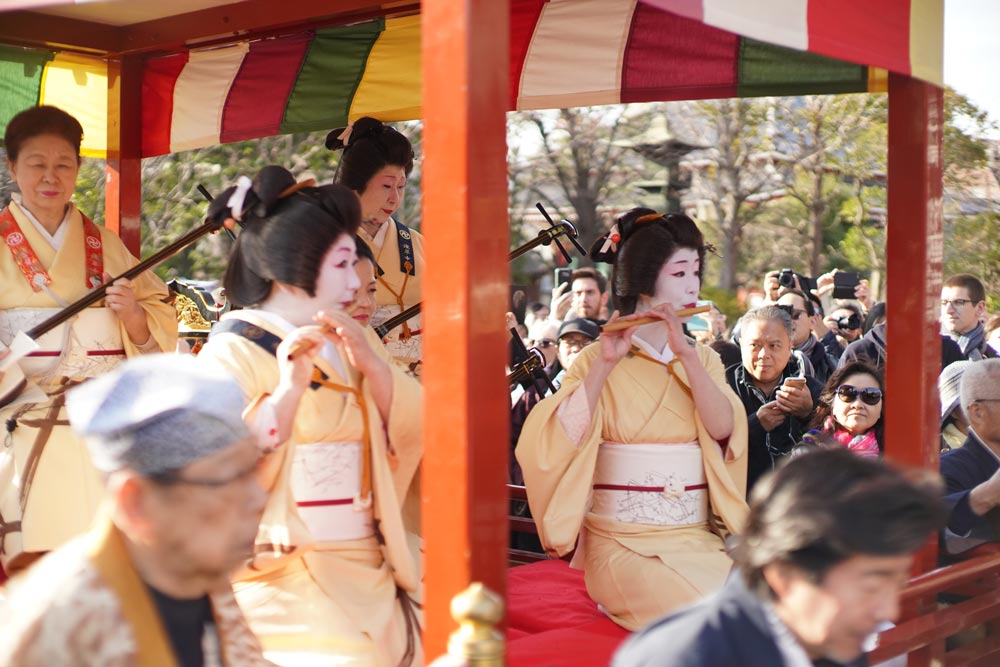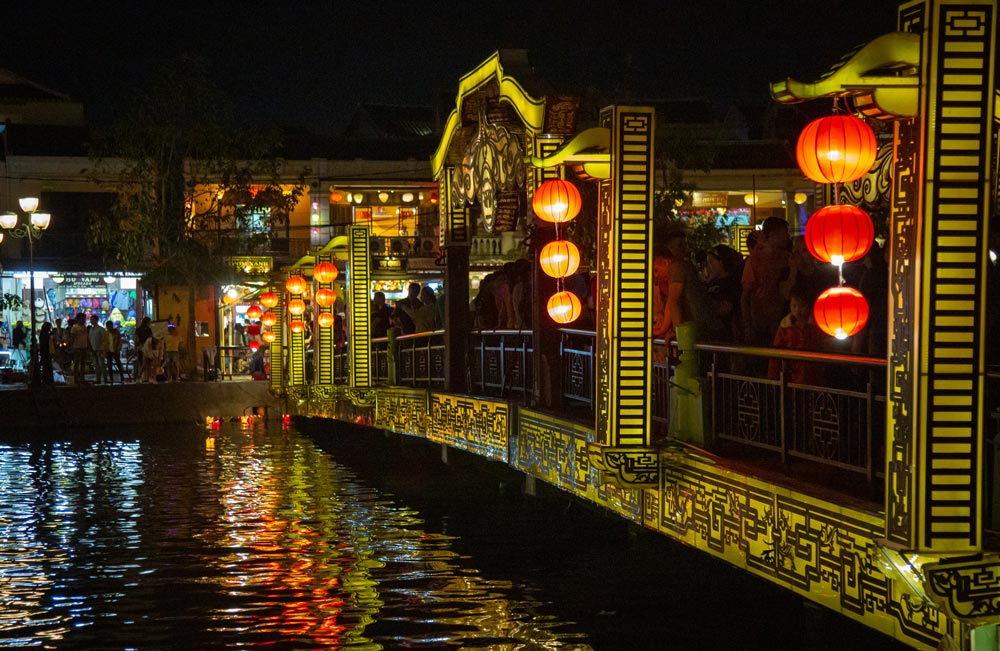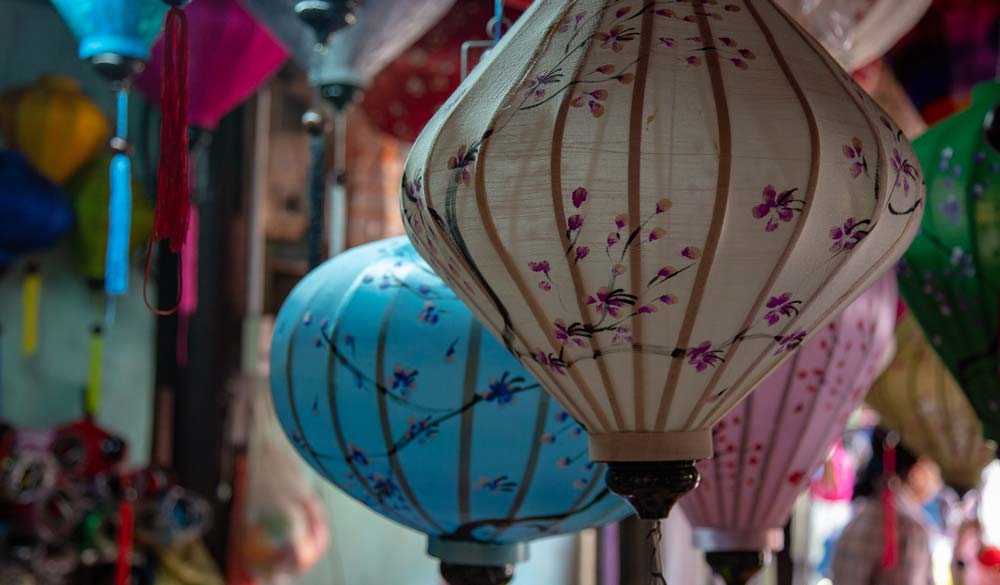One young pilot’s tips for others who aspire to fly
Share
London Holmes grew up fascinated by the planes she could see from her house as they took off from Boeing Field and Renton Municipal Airport. By age 14, she was immersed in aerospace education programs — and now, at 17, she’s poised to get her private pilot’s license. Her plan is to become a military pilot, and possibly eventually fly commercial airplanes, too. “I’m a huge aviation nerd,” she admits. “I can live, drink and breathe aviation.”
Holmes is attending Alaska Airlines’ Aviation Day for the first time on Saturday, May 4. Now in its 11th year, Aviation Day brings more than 1,200 young people from around Western Washington to Alaska’s hangar at Sea-Tac International Airport. They get to meet pilots, engineers, flight attendants and technicians working in a wide variety of aviation jobs at Alaska, Boeing, the FAA and the Port of Seattle. They also can connect with educators, military representatives and corporate recruiters to chart potential career paths. Aviation Day is possible because of the efforts of Alaska employees who lead the event, along with partners including Boeing, Port of Seattle, Aerostrat, the Boy Scouts, Girl Scouts and The Museum of Flight. (Read more about Holmes’ story and Aviation Day.)
Holmes appreciates the support she’s received from organizations that help aspiring young pilots, as well as from mentors like Alaska Airlines First Officer Kim Ford. And she’s eager to share what she’s learned. “It’s important for me to give back to other girls in aviation because I have had really great mentors,” Holmes says. “I’ve had really great opportunities. I’ve received great scholarships and I want to give back because I know how amazing it feels.”

For people who worry about the costs of pilot training, Holmes reassures them that it’s possible with help. “I could not pay for flight training by myself. It’s just too expensive,” she says. Her pilot-training costs are covered by a scholarship from the LeRoy W. Homer Jr. Foundation. “It’s just a really great time to be in aviation because there are so many resources.”
Here are several organizations that Holmes and Ford recommend aspiring aviators check out.
Educational Programs
Private Pilot Ground School, The Museum of Flight
http://www.museumofflight.org/Education/Ground-School
Holmes says this should be the first stop for young people around Puget Sound who are curious about aviation. “I know that some people aren’t sure about aviation. This is a great introductory course — especially if you live in the area because it’s free. And these are people your age who also have an interest in aviation.”
Aeronautical Science Pathway program. The Museum of Flight
http://www.museumofflight.org/Education/Aeronautical-Science-Pathway
Holmes attends this after-school program for juniors and seniors two hours a day, four days a week, and she’ll earn both high school and college credits. “It’s really cool because six of the students that I took the Private Pilot Ground School course with when I was 14 years old are in the class now.”
ACE Aerospace Camp Experience, The Museum of Flight
http://www.museumofflight.org/Education/Explore-programs/ace-camp
These day camps are offered year-round for students of all ages who are interested in scientific pursuits.
Michael P. Anderson Memorial Aerospace Program, The Museum of Flight
http://www.museumofflight.org/Education/Explore-programs/memorial-program
Created in honor of Anderson, a Washington native and the payload commander of the Space Shuttle Columbia, this free educational program is offered to Washington state middle-schoolers.
(Note: The Museum of Flight offers several additional educational programs and resources. Check out the full site here: http://www.museumofflight.org/Education/)
Civil Air Patrol
https://www.gocivilairpatrol.com/
The Civil Air Patrol is a civilian public service organization offering STEM education and cadet programs focused on developing young aerospace leaders.
Flying Clubs
Red-Tailed Hawks Flying Club, a chapter of the Black Pilots of America
https://www.facebook.com/redtailedhawksBPA/
“It’s really important to find aviation-related activities because then you’re able to network but also enjoy and have fun doing aviation-related things at the same time,” Holmes says.
Scholarship Opportunities and Other Resources
Aircraft Owners and Pilots Association (AOPA) Foundation
Experimental Aircraft Association (EAA)
LeRoy W. Homer Jr. Foundation
The Ninety-Nines, an international organization of women’s pilots
Organization of Black Aerospace Professionals
https://www.obap.org/scholarships
Sisters of the Skies
https://www.sistersoftheskies.org/
Sisters of the Skies is an organization of black women pilots offering scholarships, mentorships and an outreach program called “Girls Rock Wings.” This year, Alaska Airlines made a commitment with Sisters of the Skies to significantly increase the number of female African-American pilots by 2025.
Tuskegee Next
http://www.tuskegeenext.org/program
Tuskegee Airmen Legacy Flight Academy
https://www.legacyflightacademy.org/
These two programs honor the legacy of the Tuskegee Airmen by offering flight training, camps and STEM programs.
Women in Aviation
